FAQ
About the Film
-
Interested viewers based in the United States can watch My Garden of a Thousand Bees online for free at pbs.org/nature anpbs.org/natured the PBS Video app.
-
Request a free screening of My Garden of a Thousand Bees by completing this screening request form.
About the Bees
-
There are more than 20,000 unique bee species on Earth! Nearly 4,000 species can be found in North America.
-
No, not all bee species sting. Bees that sting typically only sting people when defending their hive or a nest. Like all wild animals, give bees some space and they won’t bother or harm you.
About Wildflowers
-
In the spring, plant your native wildflower seeds after the last frost in your region. In warmer climates, this can start as early as March-April. In colder climates, the spring planting season can start in late May.
Please visit the Complete Guide to Growing Wildflowers from American Meadows for guidance on the following:
Identifying Planting Time
Soil Prepartations
Scattering Your Seeds
Compressing Your Seeds
Watering
Growth & Blooms!
-
One packet of regional native wildflower seeds will cover 5-7 square feet.
-
My Garden of a Thousand Bees is distributing native wildflower seed mixes from American Meadows.
Use this map to confirm your geographic region and select your region below for a full list of each wildflower in your unique seed mix, planting information, and more:
Northeast Wildflower Seed Mix: Contains 18 native wildflowers found throughout New England and the mid-Atlantic, including Spotted Joe Pye Weed, Butterfly Weed, Red Columbine, Wild Lupine, and more.
Southeast Wildflower Seed Mix: Contains 17 wildflowers, including Scarlet Sage, Blazing Star, Spiderwort, and more, that are native to the Southeast region of the country.
Midwest Wildflower Seed Mix: Contains 21 wildflowers, including Prairie Aster, Blazing Star, Butterfly Weed and more, that are native to the Midwest.
West Wildflower Seed Mix: Contains eight wildflowers, including Colorado Columbine, Showy Goldeneye, Bee Plant and more, that are native to the Western area of the country.
Southwest Wildflower Seed Mix: Contains 16 wildflowers, including Desert Marigold, Pink Primrose, Gold Poppy and more, that are native to the Southwest.
Pacific Northwest Wildflower Seed Mix: Contains 15 wildflowers, including Clarkia, Chinese Houses, Tidy Tips and more, all native to the Pacific Northwest.
